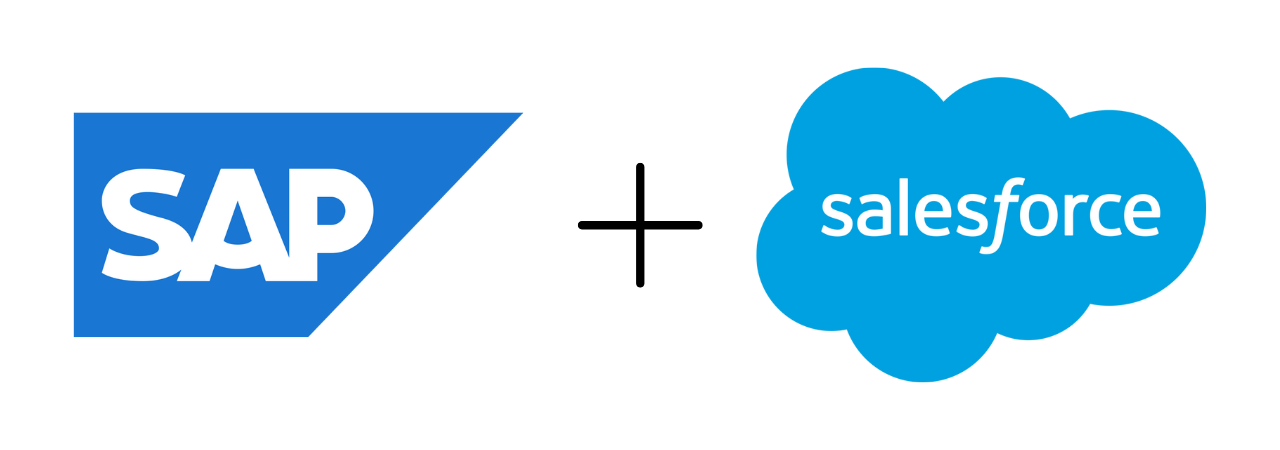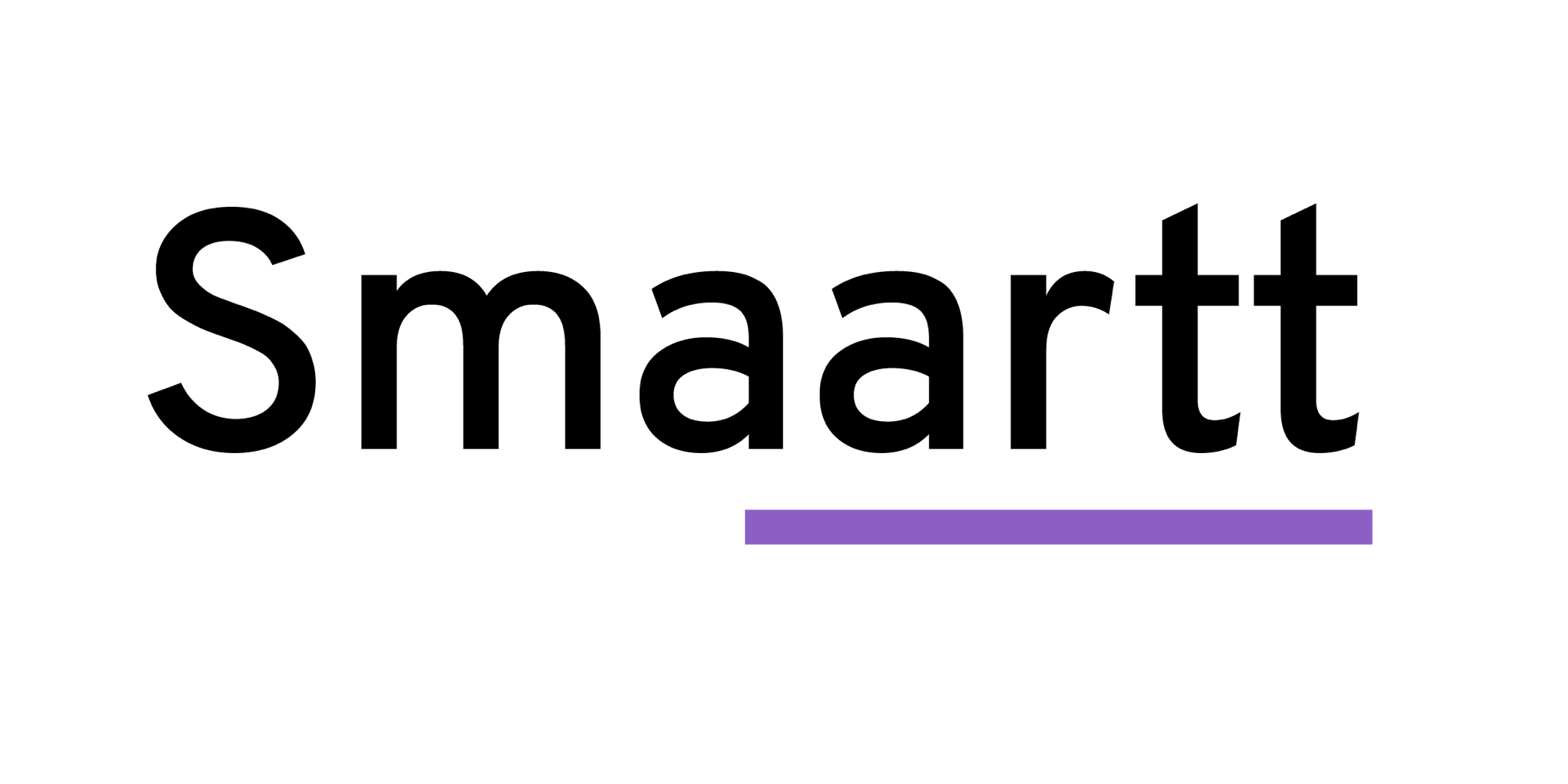
Are you a real customer company?
The energy chain redefines how companies feel about their customers. Mobile connectivity and social channels are changing customer engagement. However, the emergence of new channels has also led to an increase in urine data for customers. Saleforce.com (SFDC) partially faced the data challenge – enabling shifting from on-premises to Cloud-based CRM. However, what true corporate clients need is a complete data integration with the Master Data Management (MDM) strategy, in which SFDC interacts freely with SAP. The benefits of integration are obvious – they help companies compile relevant data and gain insight into what is happening when required. It is a way of integrating, selecting technology and a new process that separates a real customer company from the crowd.
The state of business application integration is fraught with difficulties. No application can work alone. Companies must integrate a variety of pre- and post-profit programs with a healthy return on investment.
Integration of SAP-SFDC: technical and business trends:
Establishing an integrated integration strategy has a direct impact on company competition. Previously, retrieval solutions did not work with other external or client systems, and integration included digging into APIs related to custom integration. Over time, integration options are repeated and reduce complexity. The advent of web services and SOA has changed the situation over time to cost, cost and efficiency. The creation of more employers has also accelerated integration, providing greater scale economics and innovation. The result: the production of new technologies has led to a reduction in the complexity, time and cost of integration. Over the next few years, major disruptions to the system integration space, driven by Cloud, Mobile, and social media, have led to changes in integration methods, strategies, and patterns for the use of middleware. It is therefore important that businesses are equipped with the appropriate SFDC-SAP integration system or, more simply, partner with the most advanced integrators.
Smaartt approach and its benefits:
Business ideas, challenges and IT world considerations form the basis of the integration of Smaartt’s SFDC-SAP. We use a framework and approach to customize a road map to address customer concerns such as cost and efficiency, process synchronization, integration technology, data accuracy and quality. According to these parameters, the path is set to four dials.
Business consideration:
Business Consideration dialing looks at factors at the business level related to data, location, and security, such as data retention rules, security and compliance with the organization’s MDM plans. While data requirements may work naturally, there are certain factors that need to be considered carefully as they have many strategies in the environment. Some of them are related to data / location encryption, security and encryption, MDM systems and administrator limits set by Salesforce, SAP and various intermediate solutions. Each combination of these effects is unique and should therefore be carefully considered.
Integration layers:
Integration Dialing looks at integration with a view of enabling technology, while offering a variety of integration options across all presentations, program layers and data, and related technologies. This drive helps participants collect visibility in the right environment where integration is possible, maximizing positive impact on the speed, cost and overall performance of integration.
Integration methods:
Integration of Integration Modes concerns a variety of data usage modes, depending on the appropriate integration layer and associated technologies. These include sync, asynchronous, batch, data sharing and screen clearing. Blending methods can also be calculated on the various blending tapes mentioned above.
Integration strategies:
Dialing of integration strategies describes the broader strategies available for integration such as: –
Custom integration:
ABAP Workbench, SAP NetWeaver Composite Environment and SAP NetWeaver Developer Studio, Apex etc.
Integration using middleware:
Force.com platform works with all major middleware solutions with over 80 certified solutions available through AppExchange.
Product integration: Using traditional connectors: Force.com traditional connector:
The integration approach begins with assessing the customer’s business challenge and broad alignment of business and IT needs including application design and IT architecture. As this is a business-class consideration, we will be bringing Enterprise Conservation and Modes calls to address this. Depending on the type of data, the appropriate integration methods (Real-time, Batch) can be obtained by the customer. Once that is done, the normal process of interpreting data, tasks and time is completed. Next in line is an assessment of customer data needs and data flow patterns. This leads to a choice of strategies between the three layers of integration: the presentation layer, the application layer and the data layer. As a final step, the various combinations of identified calls are used to address the critical question of purchase in comparison to construction, and the merging solution is finalized.
Why Smaartt?
Smaartt is a team of more than 200 consultants including Salesforce, RPA, and other EAS based at ME working only on Enterprise Application Services and have established a strategic alliance partnership with Salesforce and continues to strengthen its position as a leading ecosystem partner in the middle east.
With more than 150 large enterprises on our account, Smaartt is committed to taking up Salesforce transformational projects across industries and sectors in a smart approach. Together, Smaartt and Salesforce help clients achieve maximum business value out of their Salesforce portfolio, with deep industry knowledge, delivery capabilities, and technical expertise. Smaartt provides flexible smart digital technology solutions and scalable end-to-end services.

